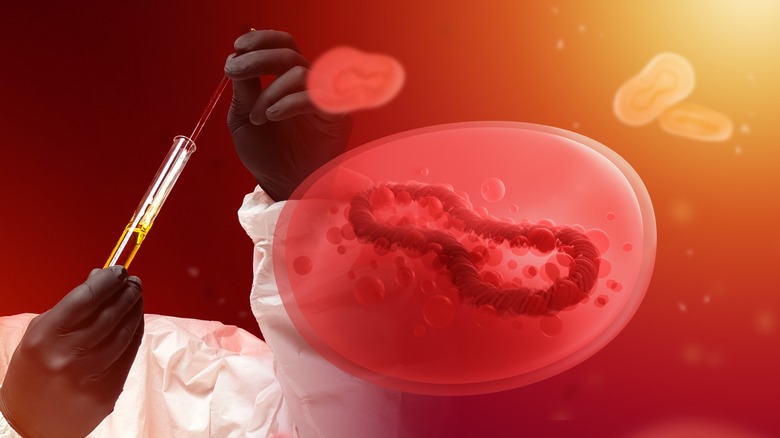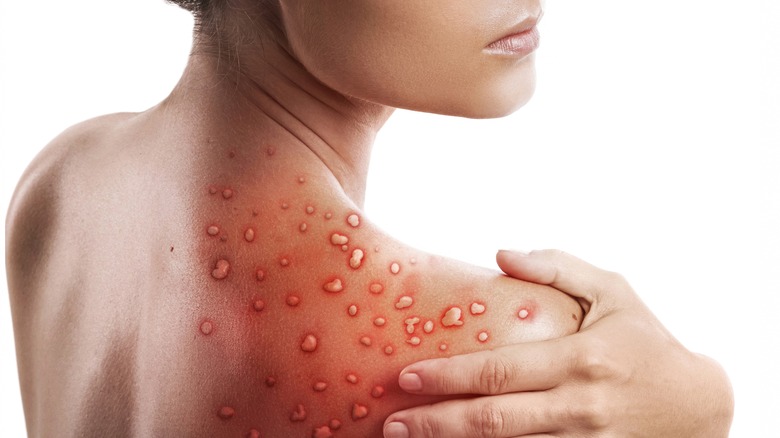Monkeypox Is Officially A Public Health Emergency. Here's What You Need To Know
Following a contentious debate about whether or not the global outbreak of monkeypox has become a public health emergency, Dr. Tedros Adhanom Ghebreyesus, the director general of the World Health Organization (WHO), declared that the virus has in fact reached the threshold for a public health emergency on July 25, 2022 (per U.S. News & World Report). Cases of the monkeypox outbreak have been documented in 75 nations with a minimum of 16,000 people infected worldwide. Among the global cases, at least 3,000 have been recorded in the United States. Experts believe that it could take a year or longer to get the global outbreak under control.
Dr. Tedros made the declaration following debate in a panel of advisers to the WHO over whether or not the outbreak can be constituted as global, given that the virus is still primarily infecting men who have sex with men, in which most cases outside of Africa are being documented, reports The New York Times. Since the concentration of cases is within a specific demographic, discussion of whether or not the public at large is at risk of infection drove the hesitancy to declare a public health emergency, but ultimately the number of monkeypox cases, the growing presence of the virus in new countries, and the rapid spread of infection fueled the decision to label the outbreak a public health emergency. Bloomberg reports that the decision on behalf of the WHO will encourage cooperation amongst countries to curtail the global outbreak.
Symptoms of monkeypox
With over 15% of global cases reported within the United States, it's important to be informed about potential symptoms and early signs of monkeypox so medical care can be sought as quickly as possible. The Centers for Disease Control and Prevention (CDC) reports symptoms of monkeypox as including headache, fatigue, fever, chills, swollen lymph nodes, and muscle aches or backache. The hallmark symptom of monkeypox is a rash similar in appearance to blisters or small pimples, medically known as pox. Unlike historical cases of monkeypox where the rash was isolated to specific parts of the body, new variations of the virus are presenting with pox that spreads to different areas of the body, though most monkeypox rashes occur inside of the mouth, on the hands and feet, and on the genitals and anus (per NBC News). Because of the presence of pox on genitalia, it's critical to seek medical testing to determine if the rash is due to monkeypox or a sexually transmitted disease (STD).
Taking steps to protect yourself from infection is the best way to prevent monkeypox. Avoiding crowded spaces, particularly places like dance clubs and other nightlife venues, and environments with lack of personal space is imperative, since the virus is most often spread through skin-to-skin contact, says NPR. During hot summer months when clothing is nominal compared to other times of the year, or when skin is otherwise exposed, caution should be observed when there is risk of skin-to-skin contact with other people.


